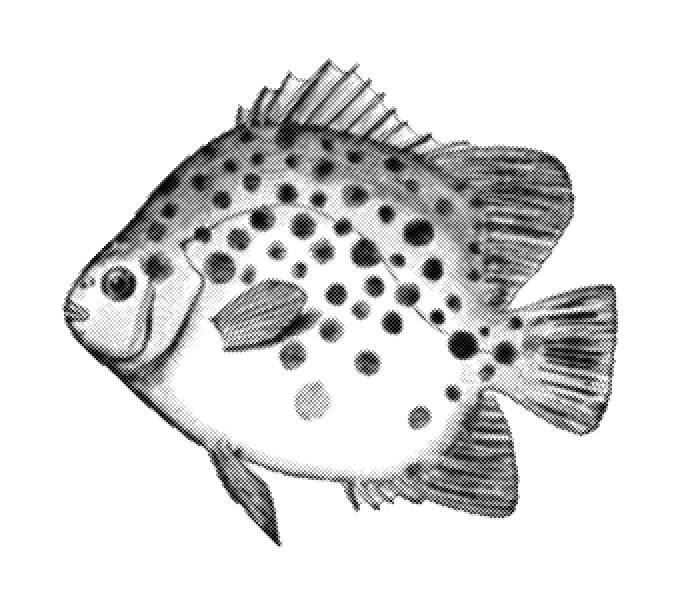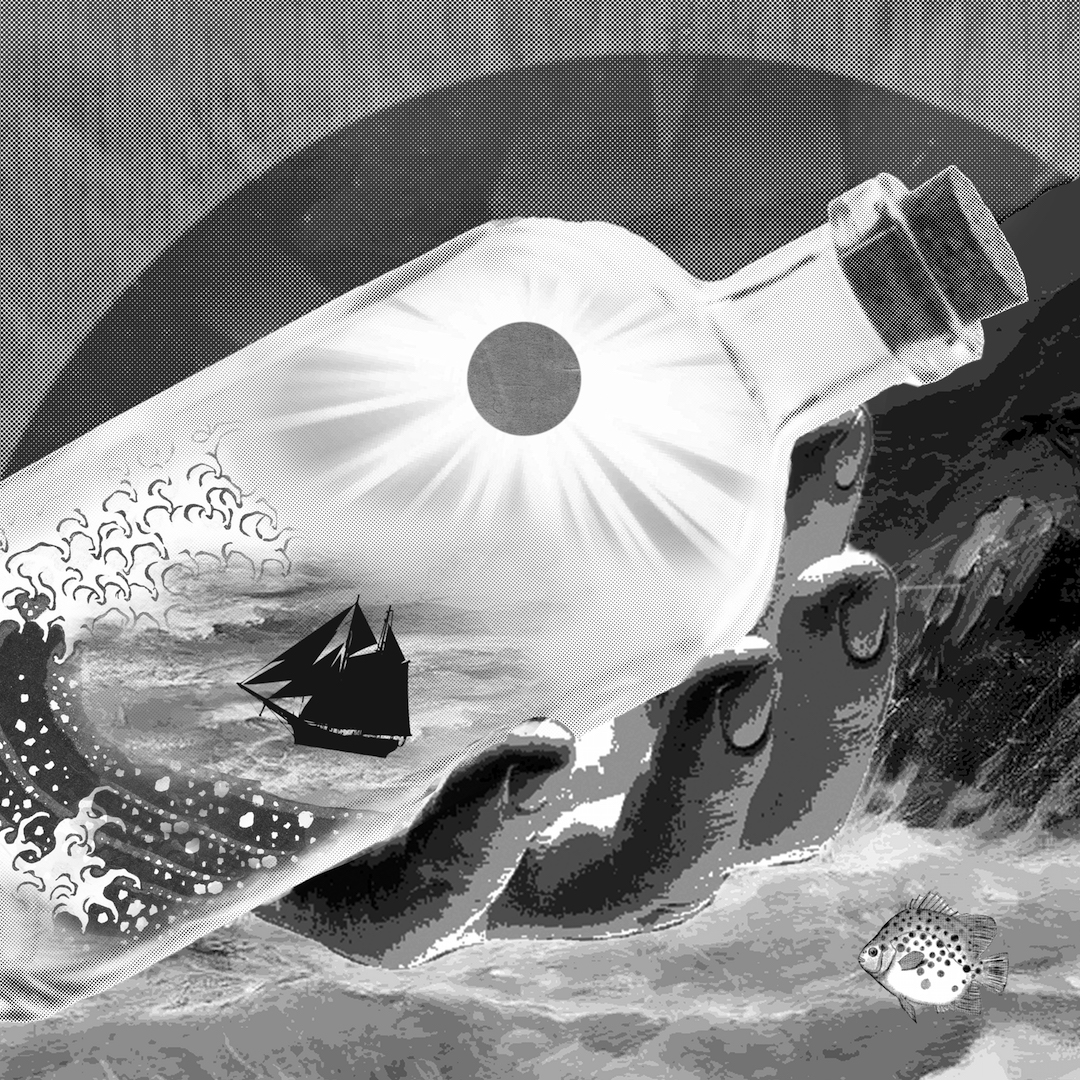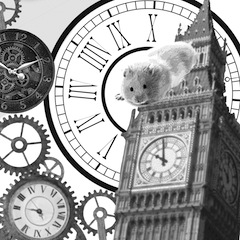
There are 6 posts filed in Rhymes (Research) (this is page 1 of 1).

INITIAL SONG CHOICE + CHALLENGES
Initially, I wanted to work on the Christmas songs, “Winter Wonderland” or “It’s beginning to look a lot like Christmas” as Christmas is my favourite holiday of the year and it has great significance to me as I celebrate it religiously every year. I truly enjoy the whole essence of Christmas as it brings my loved ones and I together after being away from one another through the year. Hence, my initial dingbats were based on a Christmas theme.
When we were told to change our chosen songs to rhymes, I couldn’t decide to work on either “Hickory, dickory, dock, a mouse went up the clock” or “The sailor went to sea”. I concluded that “The sailor went to sea” had more potential to play around with compositions and ideas. I think that I am a rather process driven, because most of the times I think of how I want the final outcome of the artwork to look like, what kind of style it will possess and how it flows. At the start, I intended to come up with something similar to retro nautical posters of the 1930s because the duotone effect could give the vintage feel. However, I thought that the overall style should be more of a collage, rather than a poster design. Furthermore, I felt that it was easier to create a sense of flow from the composition of collages of different stories combined.
RHYME CHOICE + CONCEPT
“The sailor went to sea, sea, sea, to see what he could see, see, see.”
was easy after doing several developmental sketches. Firstly, from a literal point of view, I came up with things that could easily represent a sailor and his life at sea (e.g. ship, coral reefs, marine life, binoculars etc., as seen in my sketches) Hence, concepts and topics like the titanic, global warming and pollution, the vastness of the sea, or a sailor and his story, came to my mind. This rhyme concentrates a lot on the word “SEE” too, so I thought that the concept could circle around this idea of what he sees on his journey. Also, after drafting out my compositions, I decided that I wanted the boat to be the key factor in connecting the four compositions together. The boat is small and simple and just in solid black to create emphasis to the contrast and vastness of the sea. The subtle placement of the ship in every piece will evoke curiosity as it’s supposed to be the main focus, yet it’s “hidden” amongst the other “happenings” in the sea.
USE OF DINGBATS
After studying Dadaism and surrealistic art, I’ve come to a conclusion that they are wacky and don’t make sense most of the times. So it was fun and exciting to come up with things that are unconventional and bizarre. I had to remind myself that the more unusual it looks, the more interesting it gets. Hence, it was rather easy to manipulate my classmates dingbats into my concepts.
COMPOSITIONS
After my discussion with Joy, she gave me some ideas of how I could make my work more intriguing. My compositions show the ship sailing the seas, (people would think that the sailor is in the ship, for the first two compositions), or could the sailor be outside of the ship? (the third and fourth compositions showed a pair of hands holding a bottle with the ship in it, were those the sailor’s hands and could he been watching it from outside it’s confinements?) I like how Dada and surrealistic art is ambiguous/ sometimes confusing and I played around with that concept through the 4 compositions. I wanted to keep it mysterious and leave the audience wanting to find out more.
The first composition illustrates the ship in the midst of danger. A lunatic spider-octopus (SPI-DOCTOPUS) sea monster is about to devour a poor little helpless puny lamb. As if the spi-doctopus wasn’t scary enough, the huge waves and strong currents made it impossible for the ship to escape this chaos. Throughout my work, I explored with a lot of layering and textures in my work. Also to add to the surrealistic feel, I mixed several styles together for example, this composition has a mix of realism, vintage etching, cartoon, pop art, not forgetting the duo tone and posterize effect, all in one.
Miraculously, the ship managed to escape the drama and was even in perfect condition! After sailing through calm waters for a day or two, the ship decides to take a rest. Beneath calm and serene waters, mutated sea creatures inhabited the polluted sea such as the BURTLE (BEAR-TURTLE) or T-EAR (lol). Untreated waste such as plastic bottles get dumped into the ocean and sea creatures can become snagged on the plastic or mistake it for food, slowly killing them over a long period of time. Also, is that the sailor underwater? Or is he just a random diver in a suit?
The third composition shows a man holding a pair of binoculars, watching the ship as it sails the seas. Could this possibly be the sailor too? If so, who is he watching? Also, is he underwater?
The final composition shows a hand holding a bottle, of which contains the ship sailing the stormy seas. Maybe the ship was actually in the bottle all along and entire scenario (first two compositions) were actually happening inside it? I made it more surrealistic and confusing by adding 2 suns, one in the bottle, and one outside in real life. I played with the concept of a message in the bottle here too. Maybe the ship is actually stuck in that horrifying world (in the bottle) and is in need of some serious help? Perhaps it is trying to SOS to the outside world?
REFLECTIONS
Personal Thoughts
Overall, I really really enjoyed this project as it made me really think out of the box. Keeping it just black and white does have it’s limits too, so I knew that I needed to create interesting compositions to keep the focus on the subjects. This was elaborated using the different styles and textures as mentioned earlier. Though the use of our classmates dingbats makes it hard for us to visualize and work on the exact compositions we want, it actually trains us to “make do with what we have” and surprise ourselves with the unconventional art we can create from it. I’m glad I went through this exercise as it widens my perspectives of visual art.
Tutor’s Thoughts
Joy liked the use of consistent elements (circles, circular shapes, wave “shape”) as it indicates movement. The theme “bizaare” was used intelligently as well. She liked the use of different digital styles and the execution. She also thought that I accentuated the “dream-like” state of surrealism.
Classmates’ Thoughts
OLD DINGBATS + NEW DINGBATS IN SEPARATE POSTS 🙂

Hello!
I couldn’t decide between 2 nursery rhymes and I didn’t want to limit myself to one, so I decided to work both, Hickory, Dickory, Dock and A sailor went to sea. I’ll choose either one to work on after this. 🙂
1)
Hickory, dickory, dock.
The mouse ran up the clock.
The clock struck one,
The mouse ran down,
Hickory, dickory, dock.
For this rhyme, I wanted to focus on the second sentence “The mouse ran up the clock”. I immediately thought of using the Big Ben as it is an iconic clock and it would be interesting to see a gigantic mouse climbing up the clock. I also decided to change the mouse to a hamster because I am afraid of mice and I wouldn’t want to be looking at one whilst working on the project. Lol. As I was playing around with the graphics, the scene where King Kong on top of the Empire State Building came to my mind, so I decided to create a similar scenario with aeroplanes in the sky. I feel that I can explore more with this idea, maybe making everything a little more dramatic. I could add some laser eyes to the hamster to make it ferocious because it looks a bit too cute now.

2)
A sailor went to sea, sea, sea
To see what he could see, see, see
But all that he could see, see, see
Was the bottom of the deep blue sea, sea, sea.
I thought this rhyme had a lot of potential and many ideas came to me while I was brainstorming. Firstly, the duotone effect gave everything a vintage feel and I think that it would be great if I could incorporate this style to my work. For the final work, I would like to do something similar to a vintage nautical poster (not sure if I’m allowed to), and I’ll continue exploring on that. This rhyme concentrates a lot on the word “SEE” therefore I chose an image of a sailor that has cross-eyes to add a little bit of humor to it. I also really like the idea of a message in a bottle, so I explored that idea too.
At this stage, I’m not sure which rhyme to pick, but I think I’m leaning towards A sailor went to sea!

Dadaism
Dadaism is an European literary and artistic movement formed in the early 20th century. It originated in Zurich, Switzerland. Dadaism was developed as a reaction to World War I, from several early avant-garde movements such as cubism, futurism, constructivism and expressionism in performance art, poetry, photography, sculpture, painting and collage. Dadaists was against authoritarianism and any form of leadership and guiding ideology. Dadaists embraced and opposed modernity as well. However, Dada art has no unified style as it varies widely. Dada artists put the aesthetics of their work secondary to the ideas conveyed. “For us, art is not an end in itself,” wrote Dada poet Hugo Ball, “but it is an opportunity for the true perception and criticism of the times we live in.”

Constructivism
Constructivism is the last modern art movement developed in Russia in the 20th Century, which flourished side by side Suprematism. They were the two major modern art movements formed during that time. Constructivism ideas were largely influenced by Cubism, Syprematism and Furturism. However, it was made to diminish the traditional artistic concerns with compositions, focusing on construction, function, and not meant to be aesthetically appealing in any form. It analyses materials and form, which led to the design of functional projects in architecture, interiors and fashion design, ceramics, typography and graphics.

Hannah Höch
Hannah Höch was a revolutionary artist and one of the leaders of photomontage and dada art in Germany after WWI. Her work gained recognition through mocking the rising fashion and advertising photography industry at that time. She was also a feminist and often addressed issues related to women’s liberation, politics, as well as gender equality. Hence, her work often featured women and same sex couples. She uses images from newspaper articles, fashion magazines, journals and catalogs to make her collages. One of her legendary newspaper collages is Cut with the Dada Kitchen Knife through the Last Weimar Beer-Belly Cultural Epoch in Germany, translated in English. The artwork was made to create a statement about life and art in the Dada movement during the transitional time in the German society. She made it clear that this artwork was made to address gender issues, with specifications such as kitchen knife and beer-belly. Looking into detail, Höch also leaves a clue at the bottom right of the piece; a map showing countries in Europe where women were treated as equals and were allowed to vote, which serves as a subtle reminder to viewers about these prominent issues.
El Lissitzky
El Lissitzky was a Russian artist, designer, photographer, typographer, architect, and a teacher for most of his life. He was a prominent figure of the Russian Avant Garde and contributed to the growth of the art movement suprematism in 1915. He designed exhibition displays and propaganda work s for the Soviet Union. His work was largely inspired by Bauhaus and constuctivism movements and his experiments with production techniques and stylistic devices, that dominated 20th century graphic design. Marc Chagall, a fellow Jewish artist, sent a formal invitation to Lissitzky to return to Vitebsk to teach graphic design, printing and architecture at the newly formed People’s Art School and made propaganda posters. Togther with Kazimir Malevich, a painter and art theortorian, they explored impressionsim, primitivsm, and cubism and later on suprematism. Suprematism is the use of distinct, geometric forms in art. One of the most regconised work by Lissitzky is the 1919 propaganda poster “Beat the Whites with the Red Wedge”, which represented the war in Russia. Military maps and its political symbols were used as references while Lissitzky developed suprematism a style of his own.